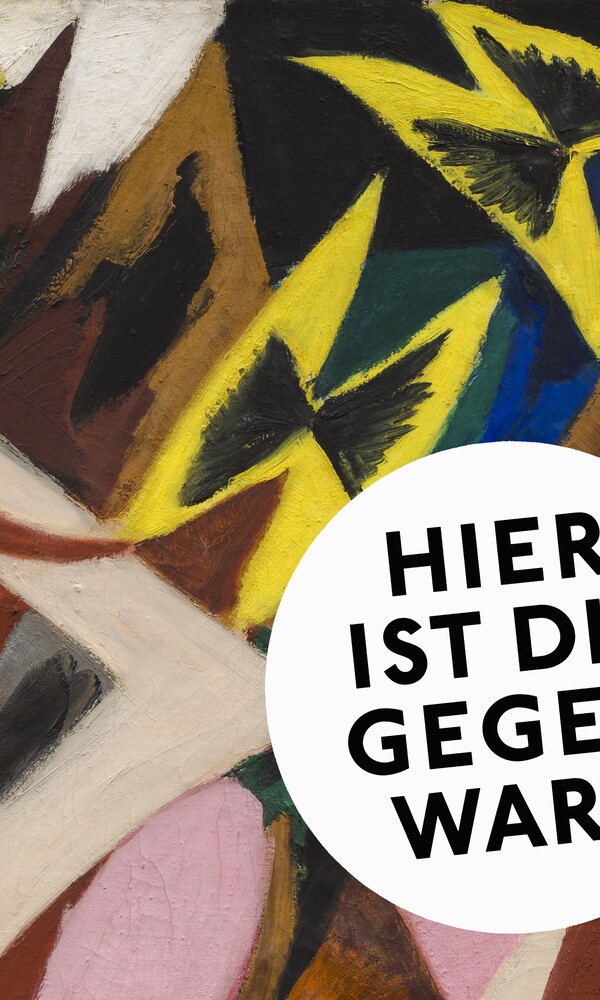His powerful, intensely coloured paintings are deemed as creating a bridge across art before and after the Second World War, across Expressionism, abstraction and free gestural painting after 1945, across German and international Modernism: Ernst Wilhelm Nay (1902–1968). As a young artist, around 1930, Nay had already gained recognition among collectors, art historians and critics; he had been represented in important exhibitions and received first prizes. With his participation in the documenta in Kassel in 1955, 1959 and 1964 as well as the Biennales in São Paulo and Venice, he succeeded in firmly establishing himself as a major artist of Modern Art.
Despite Nay’s historical significance and his considerable presence in public and private collections, the study of his work has been mostly limited to individual creative phases, to aspects of material or form. A critical, contemporary Nay retrospective is a desideratum – all the more so as current research has shed new light on the artist and recent acquisitions by European museums such as Tate Modern, London, or the Musée national d'art moderne, Paris, have confirmed his relevance.
